Hoi An island's 160-year-old pagoda
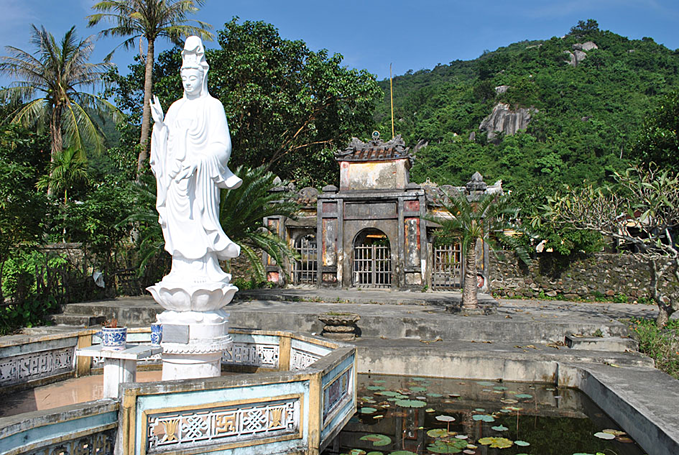 |
The pagoda, built in 1758, has undergone many restorations and relocations following damage due to storms. It has its back to the mountains and overlooks a small valley which has the only rice paddy on Cu Lao Cham or Cham Island.
Cham Island, 12 miles off the coast of Hoi An in Quang Nam Province, is a bunch of seven islets which form the Cu Lao Cham Marine Protected Area, a biosphere reserve recognized by UNESCO.
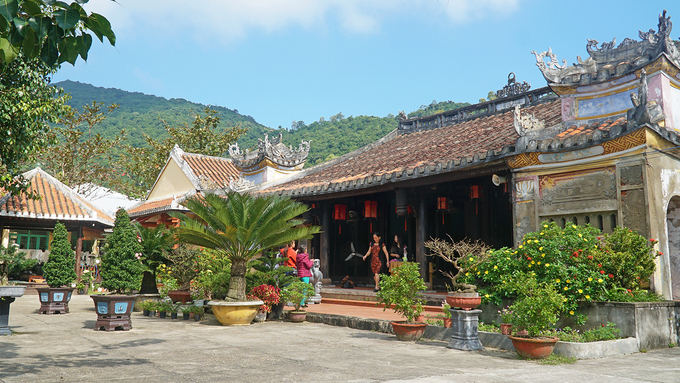 |
The pagoda roof is made of yin-yang tiles.
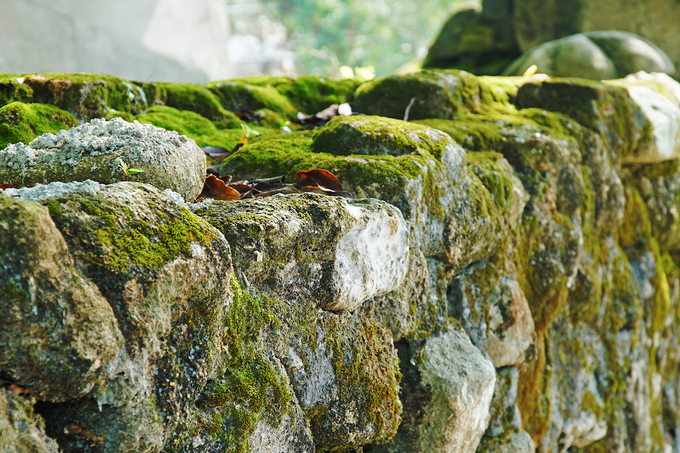 |
According to locals, the place used to be a jungle with pythons and poisonous snakes. So stone walls were built around the pagoda to ensure safety.
 |
Inside are decorative horizontal lacquer boards and parallel boards painted in gold and elaborately carved.
 |
Locals said "Hai" means the sea and "Tang" stands for the Tripitaka. When combined, the two words mean that the teachings of the Buddha are as endless as the sea.
The pagoda worships the Buddha as well as the gods of the fishermen on the island. In the middle of the altar is the Three Jewels, and behind it an idol of the Buddha sitting on a lotus.
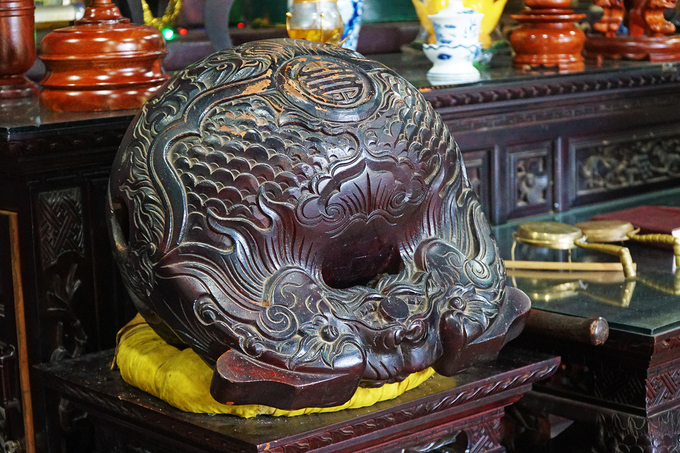 |
A large bell and many wooden objects in the pagoda are elaborately hand-carved.
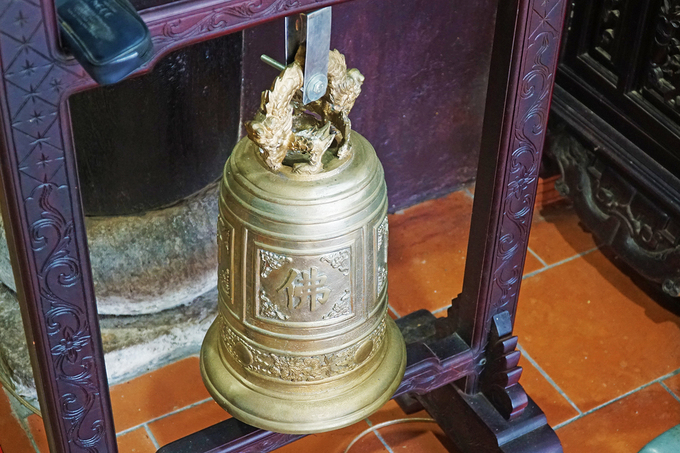 |
There is also an ancient bell with a dragon figurine, a popular icon of the Primitive Le Dynasty (1428- 1527), indicating it is made before the pagoda was built.
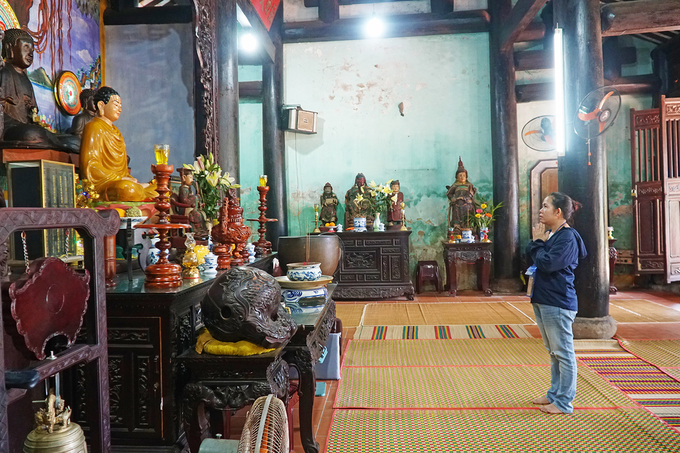 |
The pagoda does not have an abbot. It is currently looked after by an elderly couple.
 Chia sẻ:
Chia sẻ: